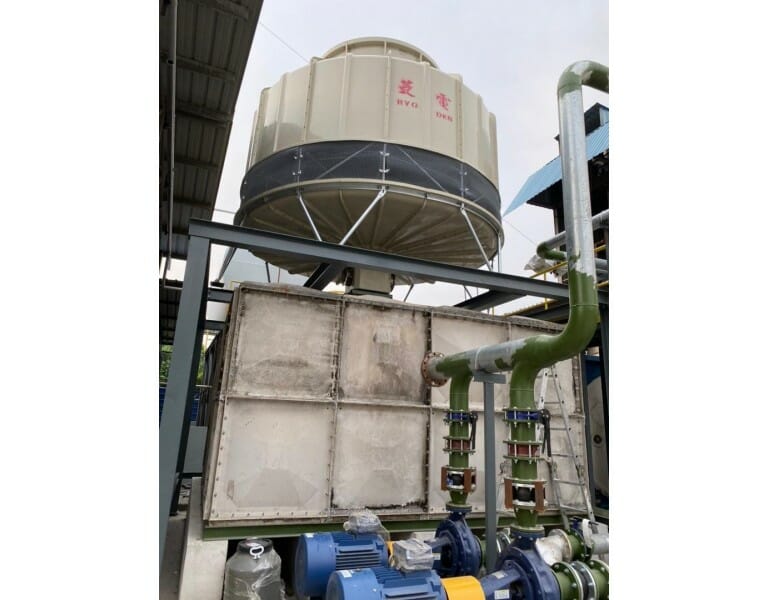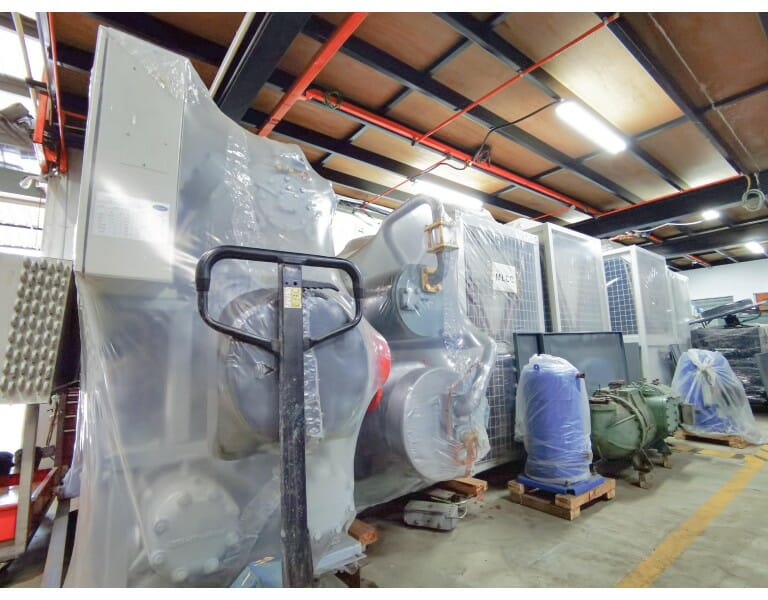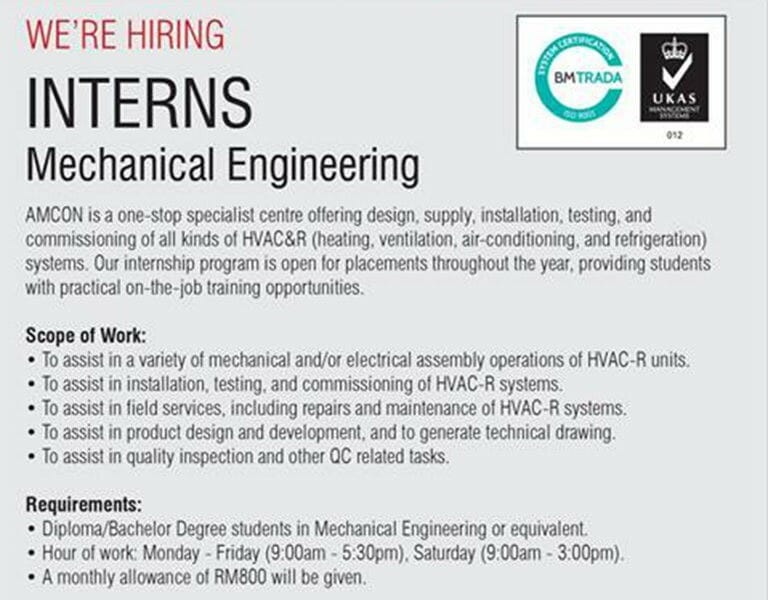Ryoden Cooling Tower
Installing Ryoden Cooling tower CT-250


We at AMCON take great pride in the manufacturing of our industrial water chiller systems. Over three decades’ experience and exposure to almost every conceivable process and application have given us unparalleled expertise in the design and building of our units. They have proven indispensable to countless numbers of clients over those years. We would…
Air-cooled condenser and shell and tube condenser are the two most popular cooling equipment used in industrial and commercial applications. Both types have their own benefits depending on the specific use and the conditions under which it is operating. Let’s discuss how the knowledge of the major differences between them can assist businesses when deciding…

Industrial AC Compressors: What to Look for Before You Buy Industrial cooling systems rely on robust, efficient, and dependable components — and the air conditioning compressor (or AC compressor) stands at the very heart of these systems. Choosing the right compressor isn’t just a technical exercise — it’s a strategic decision affecting efficiency, uptime, and…
Discover the differences in noise levels between air-cooled chillers and water-cooled chillers. Learn how these systems affect your environment and make informed choices for your cooling needs. Introduction When it comes to managing the temperature in large buildings, industrial facilities, or even data centres, chillers play a pivotal role. However, one aspect that often goes…

Mechanical Engineering Interns! Mechanical Engineering Interns!